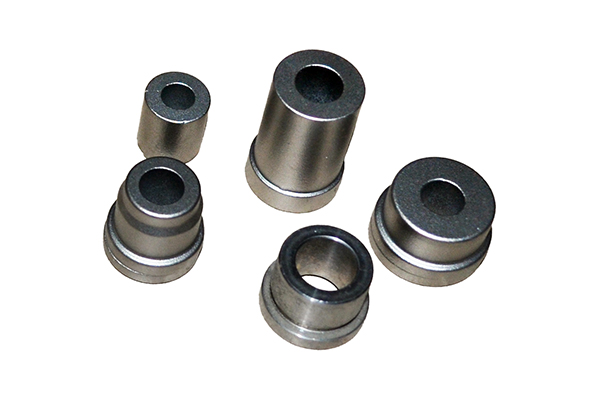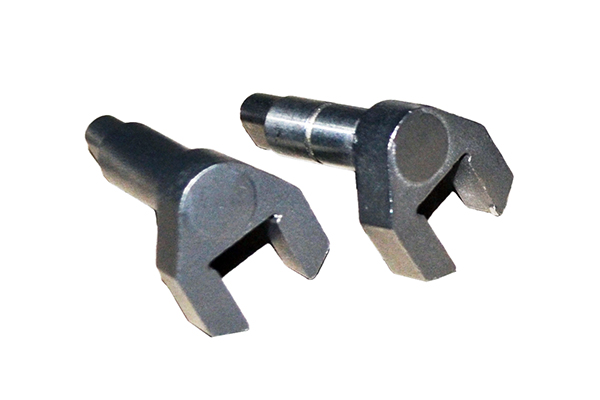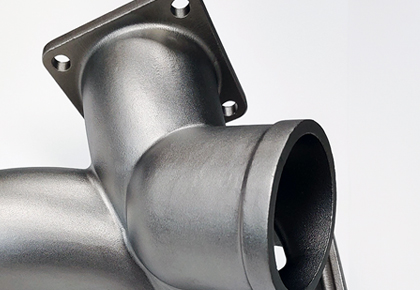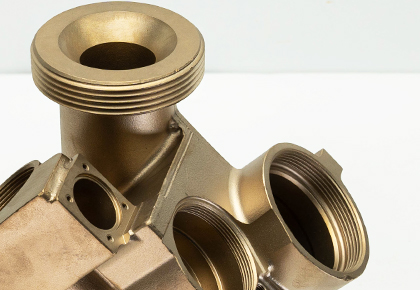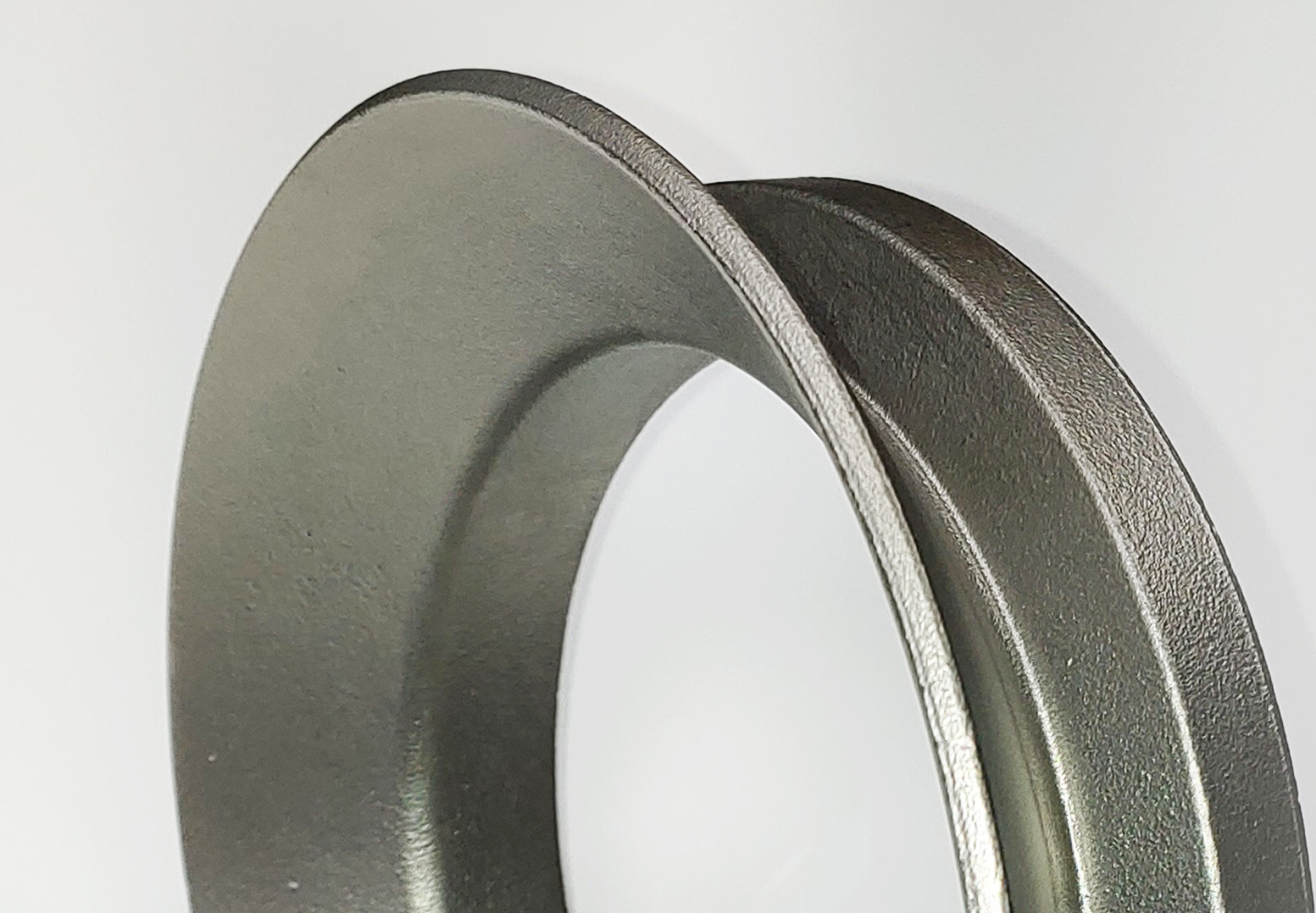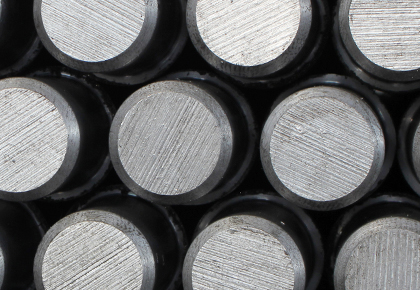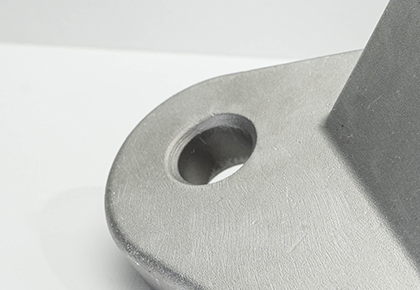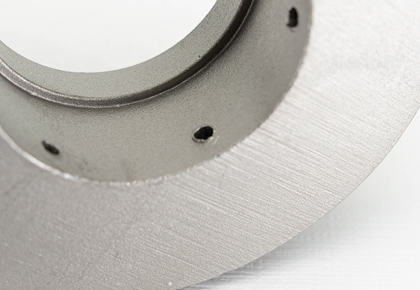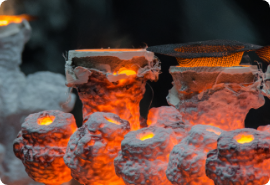Parts Made for the Automotive & Transportation Industry
Investment castings are essential to efficient and cost-effective production in the automotive and transportation industries, particularly due to the complex geometries, high-performance requirements, and stringent quality standards that have always been present within the space. Here are some of the investment cast automotive, locomotive, and marine parts we make.
Bushings
Bushings are components used in various automotive and transportation systems to provide cushioning, reduce friction, and absorb shocks or vibrations. They are commonly found in suspension systems, engine mounts, and other mechanical linkages to facilitate smooth movement and minimize wear between moving parts.
EGR Valves
Exhaust Gas Recirculation (EGR) valves are components used in internal combustion engines to reduce nitrogen oxide (NOx) emissions by recirculating a portion of exhaust gases back into the engine's intake system. By reintroducing inert exhaust gases, EGR valves lower combustion temperatures, thereby reducing the formation of harmful pollutants.
Mount Brackets
Mount brackets are structural components used to securely attach various parts and components to a vehicle's frame or chassis. They provide support and stability for items such as engines, transmissions, suspension components, and body panels, helping to distribute loads and minimize vibrations.
Removable Arms
Removable arms, often referred to as control arms or suspension arms, are crucial components of a vehicle's suspension system. They connect the wheel hub to the chassis or frame and allow for vertical movement of the wheel assembly while maintaining stability and control over the vehicle's handling.
Buckets
In the context of automotive and transportation, buckets refer to seating components used in vehicles such as buses, trains, and construction equipment. Buckets provide comfortable and secure seating for occupants, often featuring adjustable positions, ergonomic design, and integrated safety features to enhance passenger comfort and safety.
Levers
Levers are mechanical components used to transmit force or motion from one point to another within automotive and transportation systems. They play a crucial role in various applications such as braking, shifting gears, and actuating valves or switches. Levers leverage the principle of mechanical advantage to amplify input force and control movement with precision.
Pedals
Pedals are foot-operated controls found in vehicles that enable the driver to interact with essential functions such as acceleration, braking, and clutch engagement. In automotive and transportation applications, pedals are designed for ergonomic operation and precise control, allowing drivers to modulate vehicle speed and maneuver with confidence.
Carriers
Carriers, also known as bearing carriers or bearing housings, are structural components used to support and encase rotating elements such as bearings, shafts, or gears within automotive and transportation systems. They provide a stable mounting platform while protecting internal components from contaminants and mechanical damage, ensuring smooth and reliable operation of rotating assemblies.
Shafts
Shafts are elongated, cylindrical components used to transmit rotational motion or torque from one mechanical component to another within automotive and transportation systems. They are commonly found in drivetrains, transmissions, engines, and powertrains, connecting rotating elements such as gears, pulleys, or wheels to transfer power efficiently and reliably. Shafts are designed to withstand bending, torsional, and axial loads while maintaining precise alignment and smooth operation.
Marine and Boat Components
Investment castings are also used to produce a variety of components for marine and boat applications, including cleats, fittings, hinges, and propeller components. Corrosion-resistance and durability are especially key when engineering these parts for marine environments.
